偶然性まで意図して描く、だから世界が"奥行き"を持つ。『METHODS 押井守「パトレイバー2」演出ノート』 〜レジェンド本を学ぶ〜
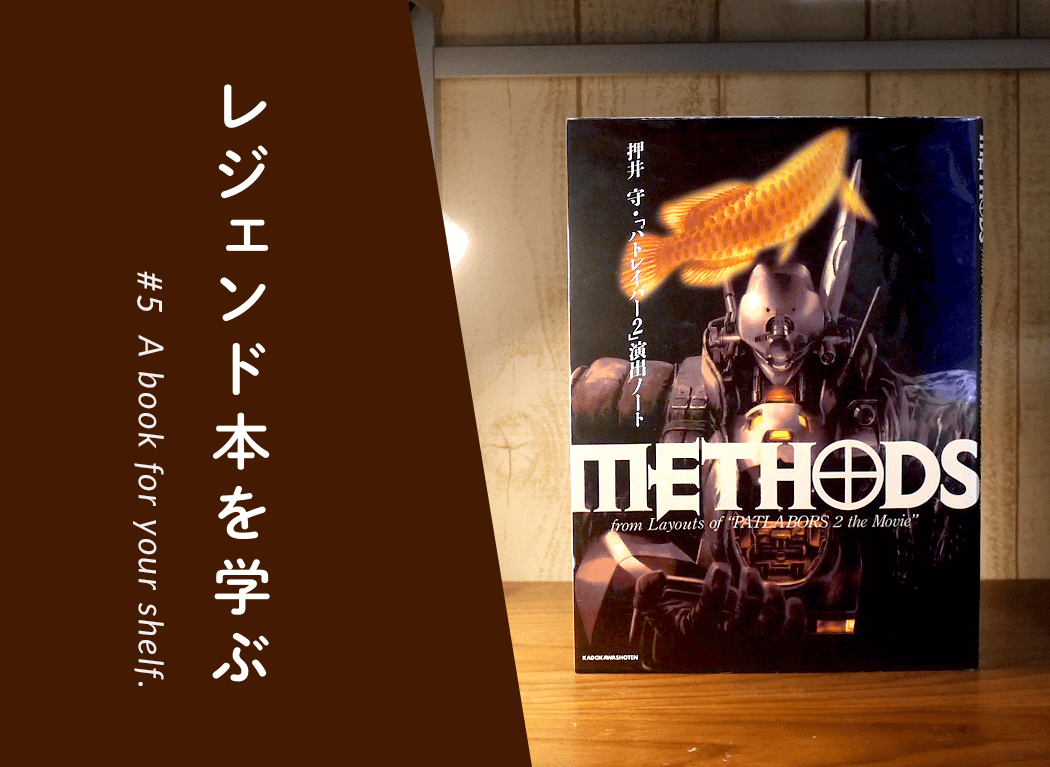
文:いしじまえいわ
「レジェンド本を学ぶ」は、イラスト、アニメ、漫画、映像などの分野のレジェンドクリエイターの著書から作品や表現について学ぶことで、もっと作品を愛し創作を楽しんでいただくための企画です。
今回は押井守監督の著書『METHODS 押井守「パトレイバー2」演出ノート』(1994年)を通して、アニメのカットが持つ意図とレイアウトについてお話したいと思います。
2016年10月15日(土)から最新作である『機動警察パトレイバー REBOOT』が公開される機動警察パトレイバーシリーズ。その初期の作品の監督を担当していたのが押井守監督です。
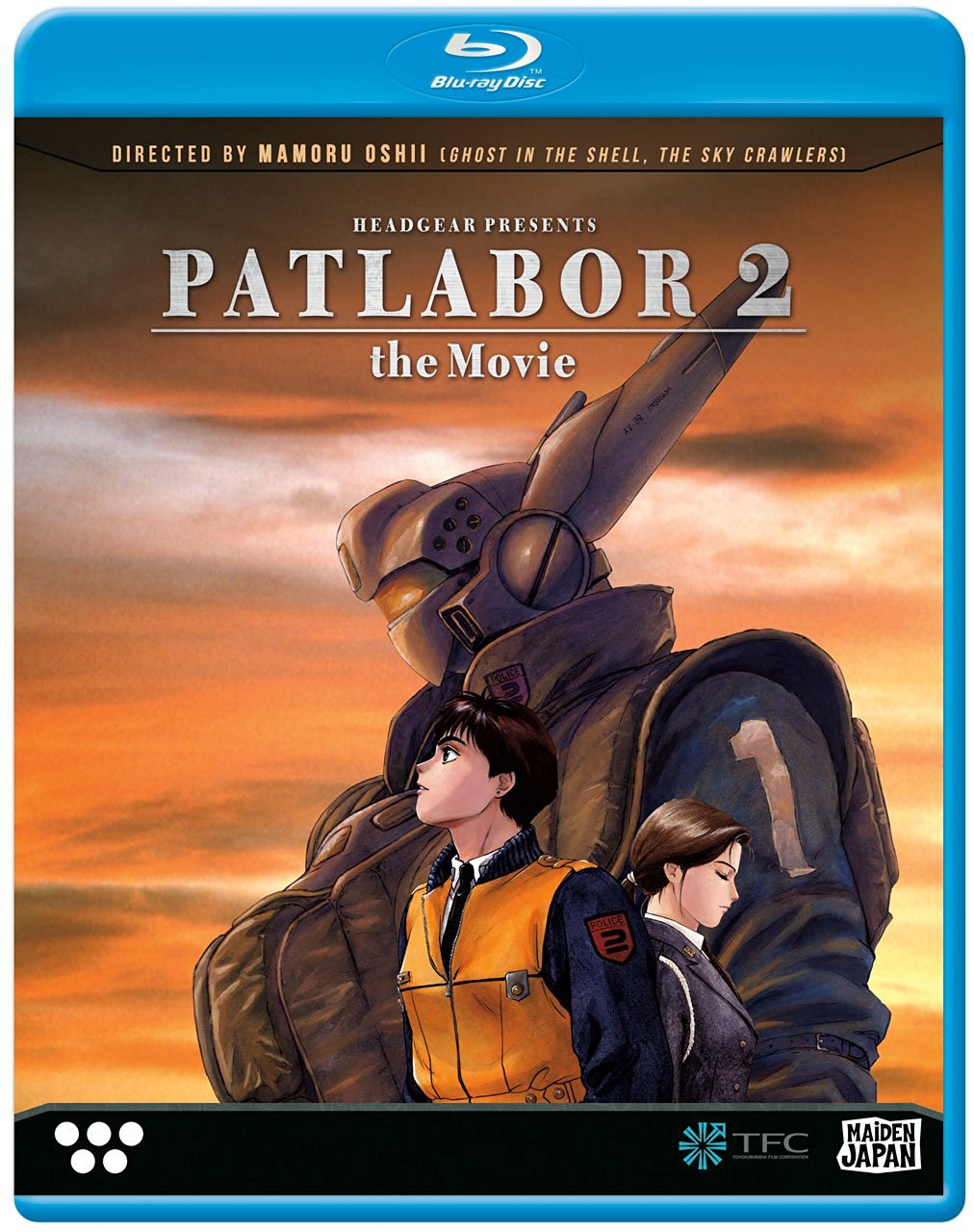
押井守監督は夢や虚構と現実を対比させたテーマと、写実的で実写映画的な作風を特徴とするアニメ監督です。押井監督の代表作である『GHOST IN THE SHELL / 攻殻機動隊』(1995)は国内外を巻き込んだ大ヒットとなり、テレビドラマ『踊る大捜査線』シリーズ(1997)やハリウッド映画『マトリックス』(1999)など多くの作品に影響を与えました。
写実的でリアルな映像美が最大の特徴である押井監督作品ですが、それが極限の域に達したと言えるのが『機動警察パトレイバー2 the Movie』(1993)。同作で押井監督がこだわり抜いたものこそが前述した、カットが持つ意図とレイアウトなのです。
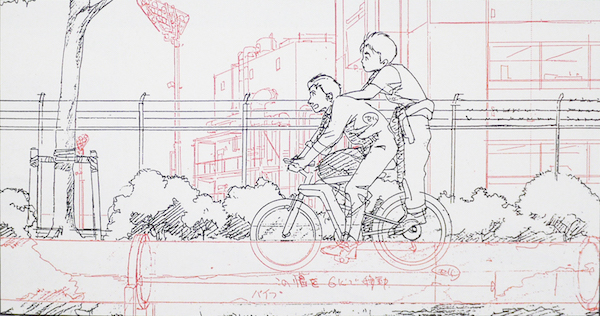
レイアウトとはアニメの制作工程のひとつで、それぞれのカットを絵コンテの段階より緻密に描いたもの。そしてこのレイアウトを通して、作画担当にカットが持つ意図を伝えるのです。
映像はすべてに意味がこめられている
『機動警察パトレイバー2 the Movie』でレイアウトを担当したのは、のちに『PERFECT BLUE』(1997)で監督デビューし『千年女優』(2002)『パプリカ』(2006)といった作品を手掛けた今敏さん。『METHODS 押井守「パトレイバー2」演出ノート』のなかでアニメのカットが持つ意図についてこう語っています。
アニメーションの絵コンテには、カットごとのイメージや意図があるはずなんです。(中略)キャラクターの心情や状況を考えて、自分なりのイメージを盛り込んでいかなくてはならないと思うんです。
アニメーションの場合は、撮れば写るわけではなく、最初から描かなくてはなりませんから。描くという行為には労力が要ります。それを要求する以上は、何らかのイメージをもってもらいたいんです。
(『METHODS 押井守「パトレイバー2」演出ノート』p.104より引用)
アニメは実写と違って、世界のすべてを一から描き起こさなくてはなりません。だからこそ、すべてのカットに何らかの意図が生まれます。
たとえば『機動警察パトレイバー2 the Movie』で、自衛隊が治安出動をしたというニュースを見た非番の警察官の自宅のカット。
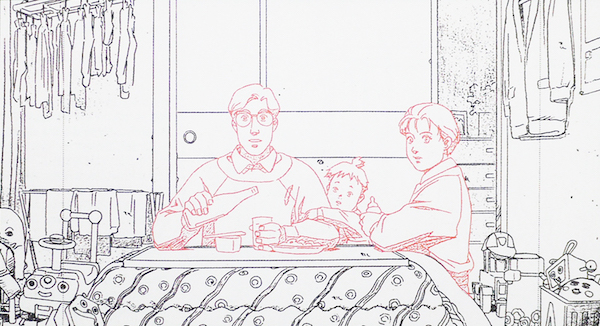
▲ 押井守『METHODS 押井守「パトレイバー2」演出ノート』(角川書店、1994年)p.133
茫然とした表情で、ビールを注ぐ手が止まっています。
今敏さんによると、
あのカットでは奥の襖が開いてますが、あれは押井さんから開けといて下さいという指示があったんです。つまり、押入れを開けることによって、画面の中にその部分だけ暗いところができるんですよ。それが、明るく散らかした生活感のある部屋に忍び込んでくる不安感の象徴ということなのかなと自分なりに解釈しまして。単に生活感を出すためではないという気がしたんです。
(『METHODS 押井守「パトレイバー2」演出ノート』p.104より引用)
とのこと。このように、アニメではカットひとつひとつが、映画のメッセージそのものに関わるような意味や象徴を考えながら作られています。そしてその意図を伝えるのがレイアウトの大きな役割なのです。
あえて無意味なノイズを入れることも必要
一から世界を構築するからこそ、すべてのカットに意図がこめられるアニメ映画。しかし、押井監督は本書のなかで一見正反対の意味ともとれる発言をしています。
一遍の映画を構成するカットの中には、ストーリーの展開に全く貢献しないカットも必要です。それどころか、敢えて言うなら「物語そのものを阻害し、異化するための意味不明なカットやシークエンスや設定」もまた必要になります。
(『METHODS 押井守「パトレイバー2」演出ノート』p.45より引用)
すべてのカットが意図を持つアニメの世界に、あえて"意味不明なもの"を入れるとは、一体どういうことなのでしょうか。
押井監督が言う"意味不明なもの"のひとつの例が、『機動警察パトレイバー2 the Movie』のさまざまなシーンに出てくる鳥です。
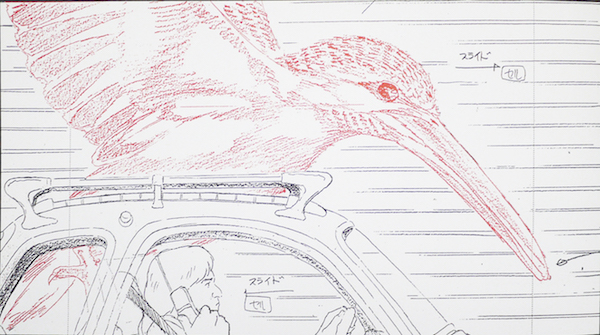
▲ 押井守『METHODS 押井守「パトレイバー2」演出ノート』(角川書店、1994年)p.143
鳥たちは「自動車や人物の動きを強調する」「視線を誘導する」などの役割がありますが、鳥ではなく車や雲にした方がより自然な映像になるはずです。しかし、押井監督は
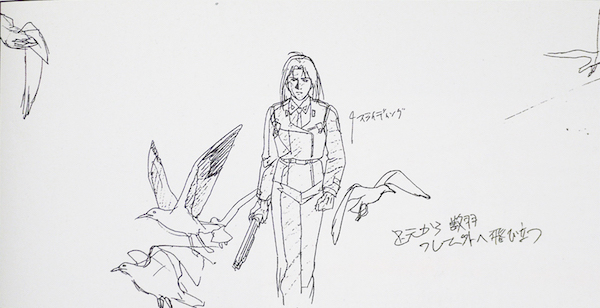
▲ 押井守『『METHODS 押井守「パトレイバー2」演出ノート』』(角川書店、1994年)p.150
それではなぜ鳥を存在させたのか。それは、あえてノイズを作ることで世界に"奥行き"をもたせるためです。
実写では、たまたま撮れた映像や俳優の演技による偶然性によって、観客は作り手の思惑を超えたさまざまな解釈をすることができます。映画において"奥行き"のある世界を描くためには、そんな偶然性による不確定な情報=ノイズが必要なのです。
でもこのノイズは、意図したものしか描けないアニメの世界には存在しないもの。そしてそれが「アニメは底が浅い」と評される原因のひとつだと押井監督は考えました。
そこで、アニメが実写のような"奥行き"のある世界を表現するためのノイズとして、『機動警察パトレイバー2 the Movie』では随所に鳥を登場させているのです。
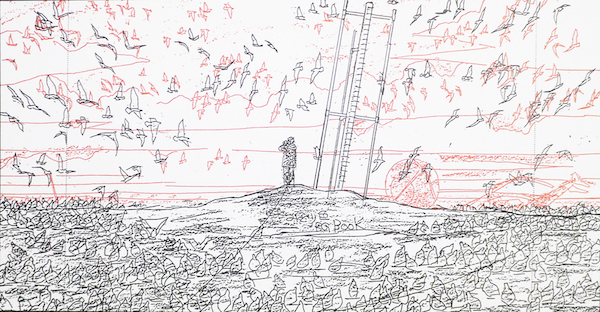
つまり本作における鳥の存在には、作品のメッセージとは無関係に登場させることで世界の奥行きを広げ、さまざまな解釈のきっかけになるようにという意図がこめられています。
ややこしいですが、意図したものしか描けないアニメだからこそ、あえて意図しない要素や効果まで、意図して描いているということです。
"奥行き"のある世界をつくるための情熱
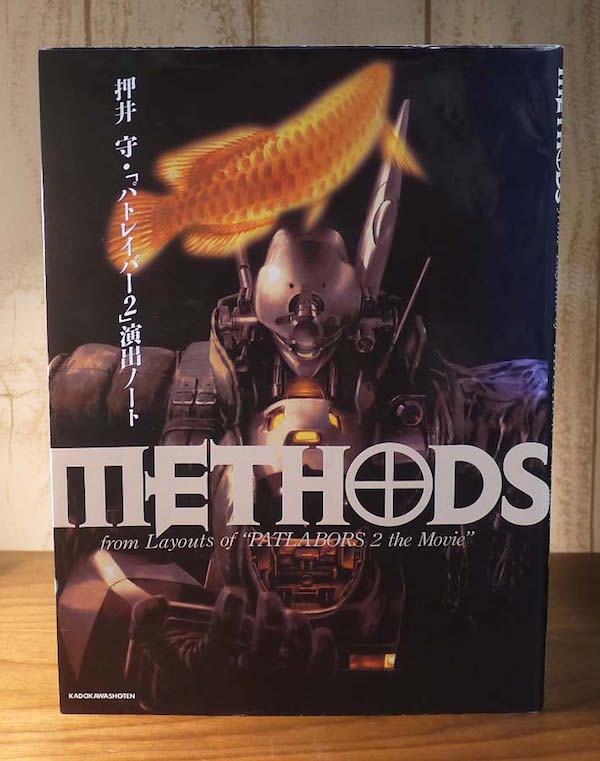
▲ 押井守『METHODS 押井守「パトレイバー2」演出ノート』(角川書店、1994年)
今回はアニメのカットが持つ意図とレイアウトについてお話しました。とはいえ、押井監督が目指した「奥行きのある世界」は、アニメだけでなくすべての創作作品に通ずるものではないでしょうか。
"物語に貢献しない視線"は(中略)"意味"や"意図"の中からしか生まれず、その為にこそ演出家は映画を構成する夥しいカットのひとつひとつに"意味"を埋め込みつづけるのだと─そう言って良いのかもしれません。
(『METHODS 押井守「パトレイバー2」演出ノート』p.158より引用)
一つひとつのカットに意図をこめ、さらに世界の"奥行き"のために意図できない偶然性までも意図して描く……。途方もない作業に感じますが、押井監督の言葉からは、そんな労力もいとわないアニメ映画へかける飽くなき情熱が伝わってきます。
